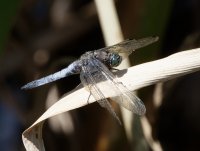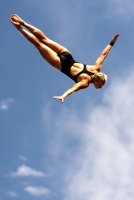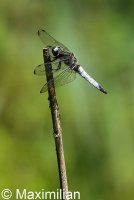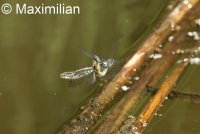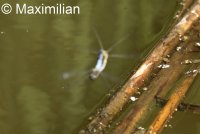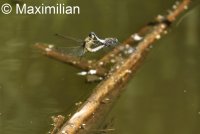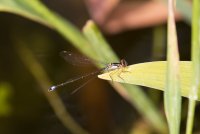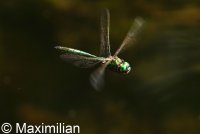After little bit more digging: http://www.dragonflypix.com/speciespages/orthetrum_albistylum_en.html
I'm pretty sure there are more differences but this was what first got my eyes looking in the photos in Wikipedia. With the link above one can look for more.
I love this forum by many reasons but may be the learning photography and in the same time expanding my knowledge of the living around* stuff is the most important for me.
* - unfortunately I don't have any of these two species of dragons on the Island !
!
I'm pretty sure there are more differences but this was what first got my eyes looking in the photos in Wikipedia. With the link above one can look for more.
I love this forum by many reasons but may be the learning photography and in the same time expanding my knowledge of the living around* stuff is the most important for me.
* - unfortunately I don't have any of these two species of dragons on the Island
Upvote
0

